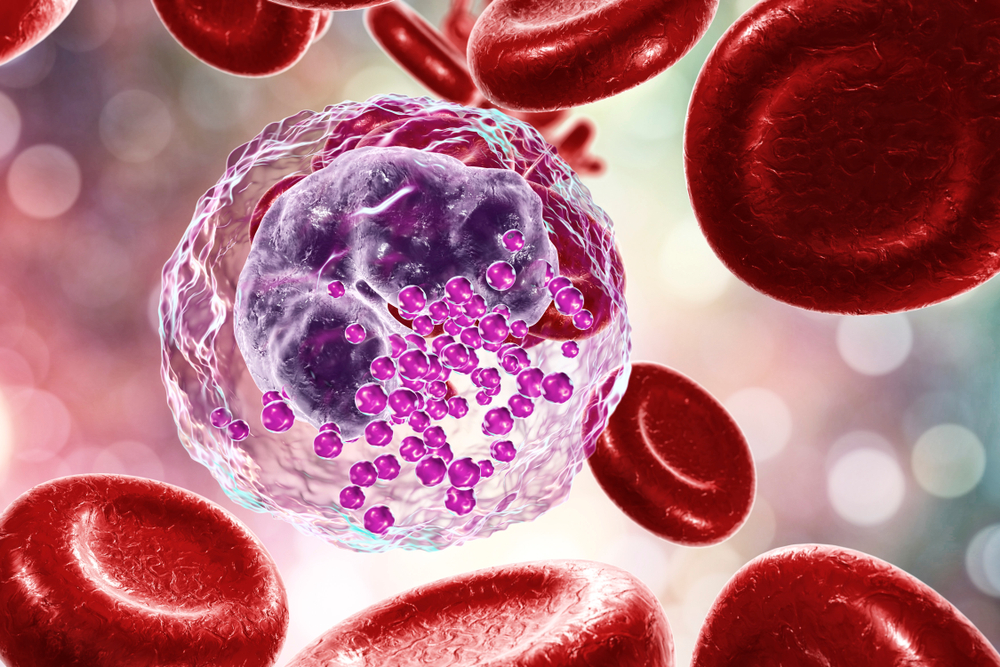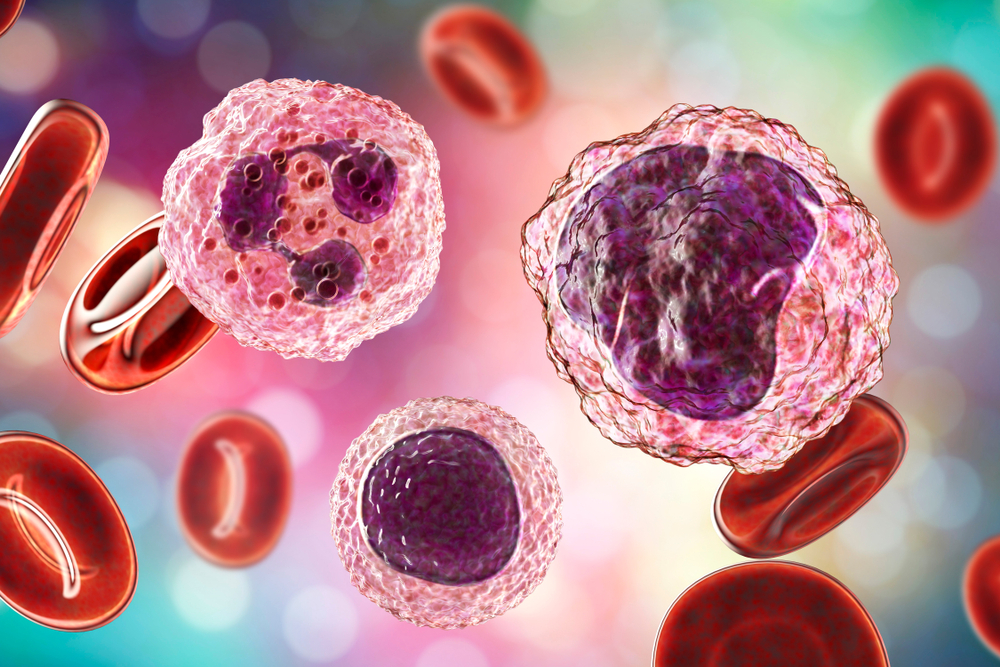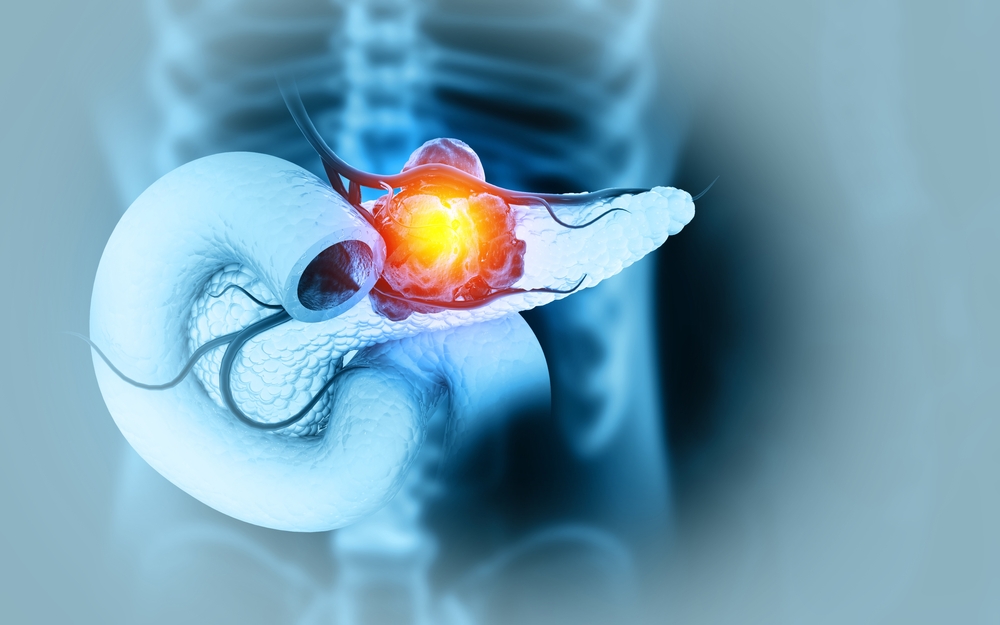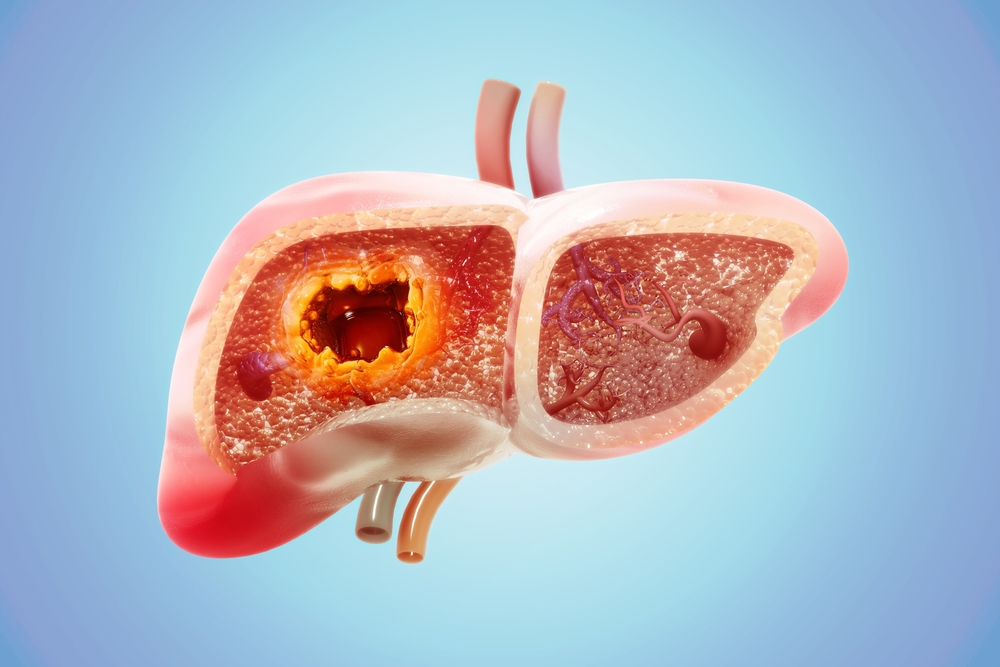Benefits of social media for seniors

Social media refers to interactive platforms and applications that allow users to create, share, and exchange content. Around 60% of the global population engages with social media. The most widely used platforms include Facebook, YouTube, WhatsApp, and Instagram. Social media usage has surged, especially during the COVID-19 pandemic. Here are five ways seniors can benefit […]
An overview of breast cancer and prevention strategies

Cancer is the leading cause of death in North America, affecting individuals of all ages. Most cancers begin from a single abnormal cell. Breast cancer is a condition in which cells in the breast grow uncontrollably. It can spread to other parts of the body through the blood or lymphatic system. The two most common […]
The positive impact of social connections on health

As we age, health issues and mobility challenges can lead to isolation, making time spent with family and friends even more meaningful. Social interactions have a significant impact on physical health, mental well-being, and mortality risk. Research shows that seniors who engage in more socializing tend to have better overall physical and emotional health. Isolation […]
How do opioids work?

Opioids are a class of drugs that are isolated from the seedhead of poppy-dried juices. They work in the brain to produce a variety of effects, most notably pain relief. Opioids are the gold standard for the treatment of moderate to severe pain but are also the most commonly abused prescription drug. Opioids work by […]
An introduction to schizophrenia

Schizophrenia is a complex and multifaceted disease characterized by distorted thoughts, perceptions, and emotions. People often struggle with other comorbidities such as drug abuse, suicidal ideation, and neurovascular abnormalities. Schizophrenia is defined by abnormalities in 1 or more of the following: delusions, hallucinations, disorganized thinking, disorganized motor behavior, and negative symptoms. Overall, schizophrenia is an […]
What is chronic inflammation?

Chronic inflammation is a prolonged and dysregulated immune response that can persist for weeks, months, or even years. Acute inflammation is a normal and necessary part of the body’s defense mechanism against infection and injury. Meanwhile, chronic inflammation occurs when the immune system’s response becomes persistent and starts attacking healthy tissues. This leads to damage […]
What is acute inflammation?

Acute inflammation is a defensive response to get rid of damaged cells, microorganisms, and/or foreign particles to regain normal structure and function. There are three phases: amplification, destruction and repair, and termination. In the amplification phase, enzymes recruit macrophages and neutrophils, which are white blood cells responsible for removing pathogens. In the destruction and repair […]
An overview of pancreatic ductal adenocarcinoma

This is the tenth and final blog in a new series discussing pathologies that can be found in seniors. The tenth blog will focus on pancreatic ductal adenocarcinoma. Pancreatic ductal adenocarcinoma is an invasive pancreatic epithelial malignant neoplasm with glandular differentiation. It is the 4th leading cause of cancer-related deaths in the USA. 60-70% of […]
An overview of hepatocellular carcinoma

This is the ninth blog in a new series discussing pathologies that can be found in seniors. The ninth blog will focus on hepatocellular carcinoma. Hepatocellular carcinoma (HCC), or liver cancer, accounts for approximately 5.4% of all cancers worldwide. It is one of the most common cancers in geographic regions with high rates of hepatitis […]
An overview of cirrhosis

This is the eighth blog in a new series discussing pathologies that can be found in seniors. The eighth blog will focus on cirrhosis. Cirrhosis is marked by the presence of nodules surrounded by dense bands of fibrosis throughout the liver. This converts the normally smooth liver capsule into a bumpy surface with areas of […]

